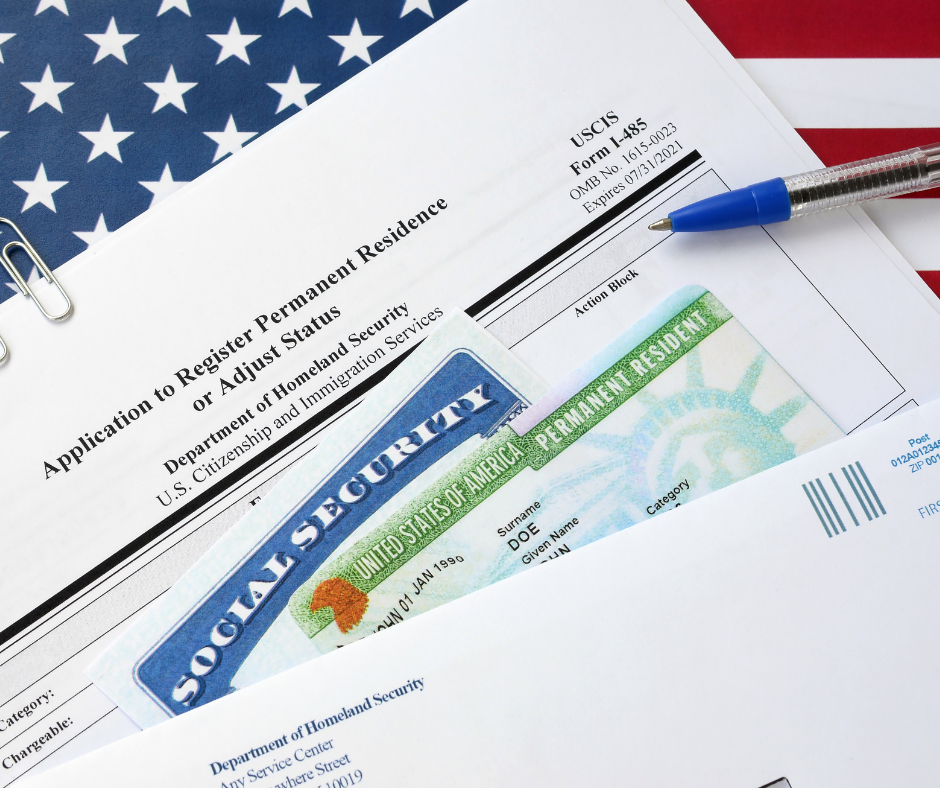The United States, known for its allure as the “land of opportunity,” attracts foreign investors and entrepreneurs from around the world. The EB-5 Immigrant Investor Program, often referred to as the “Golden Visa,” offers a unique pathway to obtaining permanent residency in the United States. This comprehensive guide delves into the intricacies of the EB5 Visa investment requirements, shedding light on the financial commitments, benefits, and the journey to securing a coveted Green Card.
Understanding the EB5 Visa
The EB-5 Visa, established by the United States Citizenship and Immigration Services (USCIS), is part of the Immigrant Investor Program. It provides foreign investors and their immediate families with the opportunity to obtain conditional Green Cards, which can later be converted into permanent resident status.
Investment Amount
One of the key considerations for those pursuing the EB5 Visa is the minimum investment requirement. The program has two distinct investment thresholds, depending on the location of the project:
Standard Investment: In a new commercial enterprise not located in a Targeted Employment Area (TEA), the required investment is $1.8 million.
TEA Investment: For projects situated in a Targeted Employment Area (TEA), which is typically a rural area or one with high unemployment, the minimum investment is reduced to $800,000
Targeted Employment Area (TEA)
TEAs play a significant role in the EB5 program, as they determine the reduced investment amount. These areas are characterized by either high unemployment or rural conditions, making them eligible for the lower investment threshold. It’s essential for investors to carefully verify if their chosen project falls within a TEA to benefit from the reduced investment requirement.
Job Creation Requirement
A central tenet of the EB5 Visa program is employment generation. Each EB5 investment must generate a minimum of 10 full-time jobs for qualifying employees. The job creation requirement underscores the program’s objective to stimulate economic growth and development in the United States.
Investors can meet the job generation requirement through one of two methods:
Direct Job Creation: This approach entails hiring employees directly within the commercial enterprise that has received the EB-5 investment.
Indirect Job Creation: For those who invest in a USCIS-designated Regional Center, they can attribute job creation to their investment based on an approved economic methodology. This approach allows for more flexibility and often involves a more significant number of jobs created.
EB5 Regional Centers
EB5 investors often opt for a strategic approach by investing in projects associated with USCIS-designated Regional Centers.
EB5 Regional Centers have become a popular choice for many EB5 investors due to their potential for indirect job creation and a more passive role in managing the investment. These centers are designated by USCIS to promote economic growth and job creation in specific regions. By investing in a project affiliated with a Regional Center, investors can potentially meet the job creation requirement more easily and effectively.
Direct Investment
Alternatively, investors can choose the direct investment route, in which they establish a new commercial enterprise or invest in an existing one. Direct investment requires more active involvement in the day-to-day operations of the business, and investors often play a role in managing and overseeing the enterprise.

Benefits of the EB5 Visa Program
The EB5 Visa program offers numerous advantages to investors and their families, including:
Permanent Residency: Successful EB5 investors and their immediate family members receive conditional Green Cards, which can be converted into permanent resident status.
Investment in Economic Growth: EB5 investments stimulate economic growth, create jobs, and contribute to the development of communities in the United States.
Education Opportunities: Green card holders have access to the U.S. education system, including in-state tuition rates at colleges and universities.
Path to Citizenship: After holding permanent resident status for a specific duration, EB5 investors can pursue U.S. citizenship if they meet the eligibility criteria.
Investment Diversification: The EB5 program provides investors with the opportunity to diversify their investments and establish a foothold in the U.S. market.
Visa Bulletin Considerations
It’s important to note that visa numbers for the EB5 category are subject to limitations, and investors from certain countries may experience longer waiting periods due to visa bulletin backlogs. Staying updated on visa bulletin movements and understanding country-specific conditions is crucial for planning your immigration journey.
The Path to U.S. Permanent Residency
The EB5 Visa program is a unique and rewarding opportunity for foreign investors seeking to secure a permanent foothold in the United States. While the investment requirements are substantial, the program offers a chance to diversify investments, stimulate economic growth, and establish a brighter future for investors and their families.
Navigating the EB5 Visa investment process can be complex, and working with experienced immigration professionals can greatly facilitate the journey. With diligence, commitment, and a well-prepared application, investors can make the transition from temporary visa holders to permanent residents, opening doors to a world of opportunities and a brighter future in the United States.



